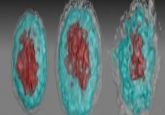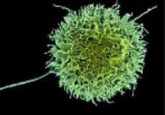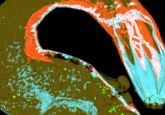The secret life of platelets
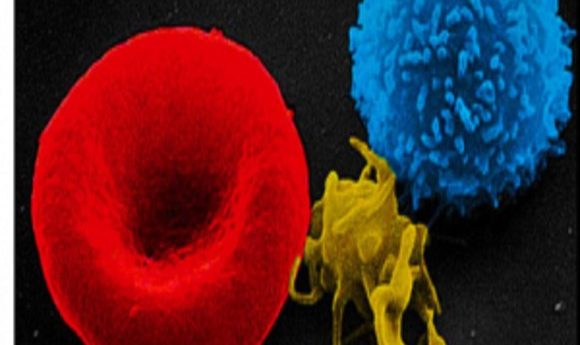
Are platelets involved in immunity and disease progression? There may be more to these cellular fragments than meets the eye.
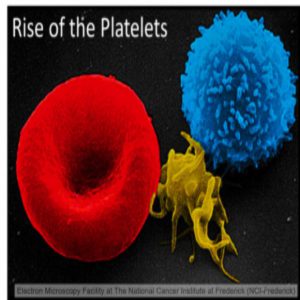
Platelets flow abundantly in the blood and are best known for their response to vascular injury—clotting holes to initiate wound healing. More recently, platelets have been implicated in immunity, with studies showing that an antibody receptor (FcγRIIA) present on human platelets is critical for responding to antibody-pathogen complexes in the blood. However, this FcγRIIA antibody receptor is lacking in mouse platelets, which could mean that murine models are inappropriate for modelling platelet’s role in human diseases where antibody-pathogen complexes circulate in the blood, such as sepsis, viremia, or autoimmunity.
“We wanted to utilize a better model to study the impact of antibodies in blood,” said Eric Boilard from Université Laval and Centre Hospitalier Universitaire (CHU) de Québec Research Centre. “To study that appropriately, we have to use mice that express FcyRIIA.” He reported the results of his study recently in Proceedings of the National Academy of Sciences.
When Boilard’s team injected antibodies that had been heat-aggregatedinto mice expressing FcγRIIA, it induced anaphylactic shock; but they did not see this effect in wildtype mice. “We demonstrated that if platelets do express a receptor for antibodies, they create an inflammatory media through the response of serotonin,” said Boilard. The serotonin-mediated mechanism is distinct from platelet’s well-known response to vascular injury, revealing a larger role for platelets in immunity.
“It shows that platelets are involved in multiple phases of the immune response,” said Craig Morrell from the University of Rochester, who was not involved in the study. “It just makes sense. I’m sure some if it evolved because when you cut yourself, you are exposing your bloodstream to lots of viruses and bacteria, so you want to do two things at the same time; one is form a blood clot and the other is to make sure that all these pathogens coating our body don’t get in.”
During infections of the blood (sepsis and viremia), platelet numbers dramatically drop, so Boilard’s team sought to verify where 95% of the platelets normally in circulation disappear. “We really struggled to find the platelets,” said Boilard, but after searching meticulously through the entire mouse, they final tracked down the elusive platelets.
“They hide, especially in lungs and brain, and then get back to circulation,” said Boilard. Platelets had been thought to die after degranulation and Boilard explained that this stealthy recirculation of platelets “challenges some of the dogma in the literature.”
“I think there are a lot of immunologists who don’t think of platelets as being part of the immune function,” said Morrell. He is intrigued by platelets’ ability to modulate serotonin levels, and is interested in whether platelets are similarly involved in diseases other than sepsis and viremia. “Plugging this into different model systems is the next part.”
Boilard is also keen to see how the transgenic mice will improve other disease models, but he first plans to further verify this sepsis model.
